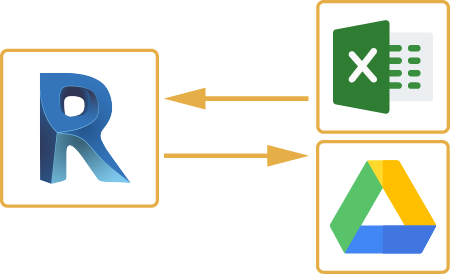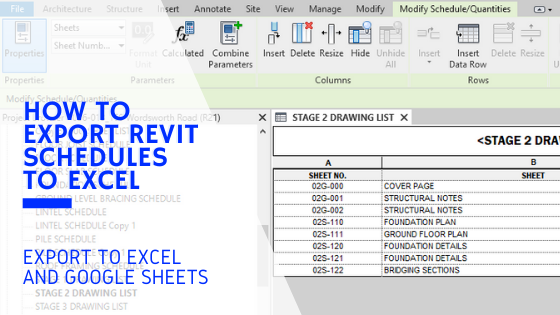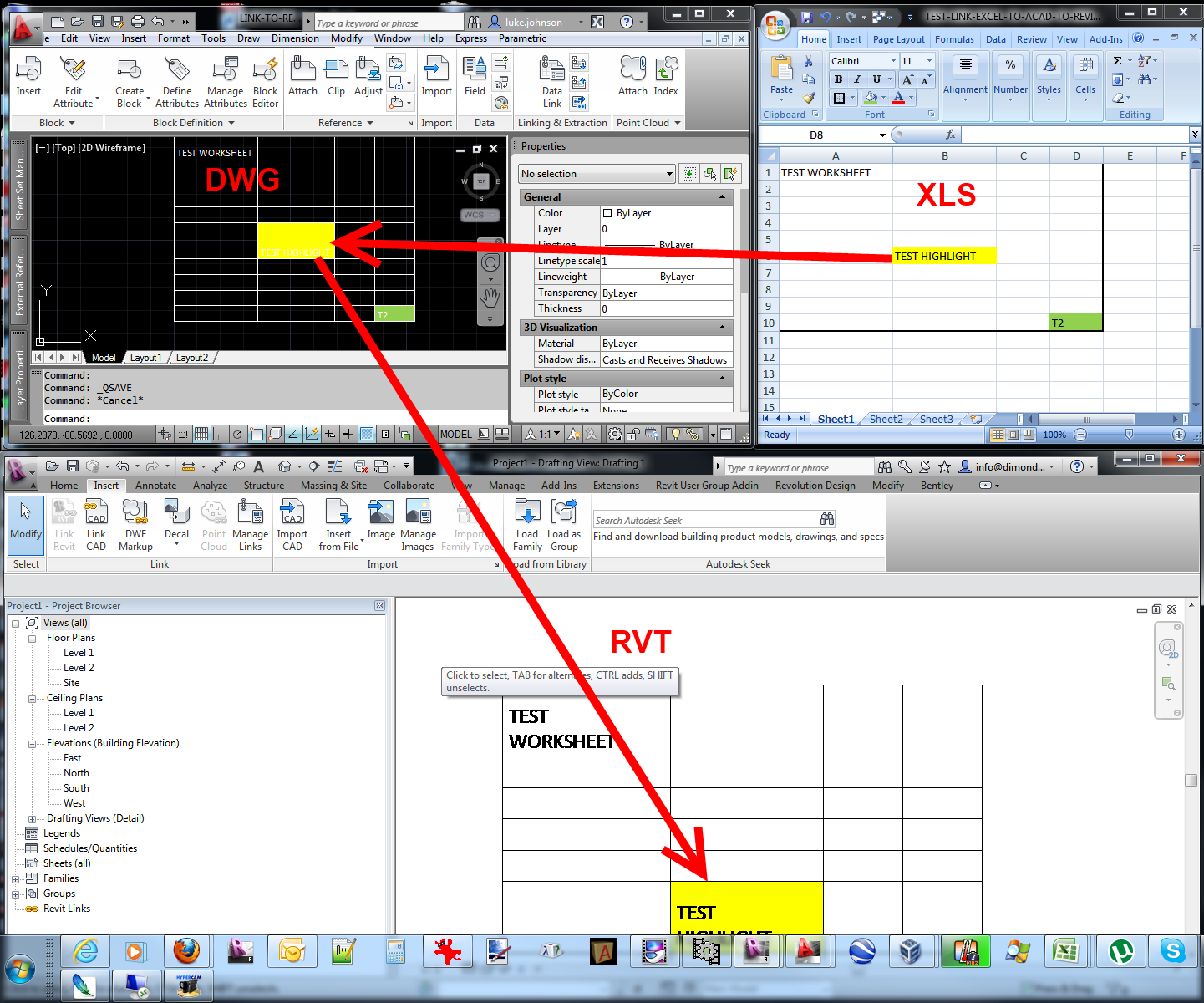Efficiency Satisfies Precision: Check Out Necessary Revit Tools
Excel Empowerment: Supercharge Your Revit Projects With Seamless Information Import
Are you looking to supercharge your Revit projects? With smooth data import, Excel empowerment can be the secret to unlocking your project's complete possibility. Envision simplifying the import process and making the most of effectiveness through seamless information combination. In this short article, we will share pointers and tricks for using Excel in your Revit jobs. Discover just how using the Excel-Revit connection can result in success in your jobs. Get ready to take your Revit tasks to the following level with Excel empowerment.
The Power of Excel in Revit Projects
You can supercharge your Revit tasks by taking advantage of the power of Excel for seamless data import. Excel is a flexible tool that can considerably improve your process and performance in Revit (revit add ins). With Excel, you can quickly import and manage big amounts of data, saving you effort and time
One of the vital advantages of utilizing Excel in Revit is its capacity to deal with intricate calculations and solutions. You can make use of Excel to execute estimations on your data, such as producing amounts, calculating expenses, or analyzing efficiency. When functioning with large projects that need comprehensive calculations., this can be especially beneficial.

Additionally, Excel gives a user-friendly and acquainted user interface for dealing with information. You can organize and manipulate your data in a spread sheet format, making it easy to watch and edit. This can be especially helpful when collaborating with others or when you need to make fast changes to your task information.
Additionally, Excel enables you to quickly import and export information in between Revit and other software application applications. You can import information from outside resources right into Revit, such as product specs or tools schedules, and export data from Revit to Excel for additional analysis or reporting.
Streamlining Data Import With Excel in Revit
Improving data import in Revit becomes simpler when using Excel as a tool. With Excel, you have the power to perfectly import and manage large quantities of information in your Revit tasks. By utilizing the acquainted user interface and performance of Excel, you can save time and increase performance in your operations.
Among the vital benefits of utilizing Excel for data import in Revit is the capacity to conveniently arrange and adjust information before importing it right into your job. With Excel's powerful functions, such as arranging, filtering system, and solutions, you can rapidly tidy up and layout your information to satisfy the demands of your Revit job.
Additionally, Excel allows you to import data from various resources, such as databases, spreadsheets, or perhaps online applications. This versatility gives you the liberty to collect data from various systems and combine it right into one central location for simple access and monitoring.
Furthermore, Excel gives the option to create custom-made templates for data import in Revit. By creating layouts tailored to your project's certain needs, you can make certain uniformity and accuracy in your information import process.
Total, using Excel as a device for data import in Revit enhances the procedure and improves your performance. Why not take advantage of this powerful tool and supercharge your Revit tasks with seamless data import making use of Excel?
Maximizing Efficiency With Seamless Information Combination
Optimize effectiveness by perfectly incorporating and managing information in your process. Gone are the days of manually inputting information into your system, wasting priceless time and sources. With seamless data assimilation, you can improve your procedures and supercharge your efficiency.

When you have a smooth combination system in place,Handling information ends up being a wind. You can easily organize and classify your information, making it less complicated to obtain and examine. Bid farewell to the days of undergoing endless spread sheets for that one item of information you require.

Excel Advice for Revit Projects
Additionally, you can use Excel to develop custom templates for information import and export. This method, you can ensure uniformity and accuracy when moving information between Revit and Excel. In general, understanding these Excel pointers and techniques will significantly boost your ability to take care of and manipulate data in your Revit tasks.
Taking Advantage Of the Excel-Revit Connection for Success
To make the many of your Excel-Revit connection, capitalize on the capacity to easily synchronize and move task info. By using this effective link, you can supercharge your Revit projects and simplify your process. With simply a few straightforward actions, you can import data from Excel straight right into Revit, saving you time and making certain accuracy.
Among the key advantages of the Excel-Revit connection is the capacity to transfer data flawlessly. Whether you are importing routines, area information, or perhaps geometry information, Excel supplies an user-friendly interface that enables you to arrange and manipulate your data prior to importing it into Revit. This means you can quickly Learn More Here upgrade and change your project information in Excel, and with a couple of clicks, move those adjustments straight right into your Revit model.
Along with transferring data, the Excel-Revit connection additionally permits synchronization. This implies that any type of adjustments made in Excel can be instantly updated in Revit, guaranteeing that your job details is always approximately day. This synchronization feature is especially beneficial when managing large and complex jobs, as it gets rid of the have a peek at this site requirement for hand-operated information access and reduces the risk of errors.
Verdict
By enhancing data import and optimizing efficiency via smooth information integration, you can supercharge your projects and attain success. Don't wait any longer, begin using the power of Excel in your Revit jobs today and unlock a world of opportunities.
You can supercharge your Revit jobs by utilizing the power of Excel for smooth information import. With Excel, you have the power to flawlessly import and take care of big quantities of data in your Revit projects (revit plugins). Overall, understanding these Excel tricks and ideas will significantly enhance your capability to manage and adjust data in your Revit projects
Whether you are importing timetables, space information, or even geometry details, Excel offers a straightforward interface that allows you to arrange and manipulate your information before importing it into Revit. By simplifying data import and maximizing check that effectiveness with smooth data assimilation, you can supercharge your projects and achieve success.